
The Salk Institute for Biological Studies is a scientific research institute located in the La Jolla community of San Diego, California, U.S. The independent, non-profit institute was founded in 1960 by Jonas Salk, the developer of the polio vaccine; among the founding consultants were Jacob Bronowski and Francis Crick. Construction of the research facilities began in spring of 1962. The Salk Institute consistently ranks among the top institutions in the US in terms of research output and quality in the life sciences. In 2004, the Times Higher Education Supplement ranked Salk as the world's top biomedicine research institute, and in 2009 it was ranked number one globally by ScienceWatch in the neuroscience and behavior areas.

Gerald Maurice Edelman was an American biologist who shared the 1972 Nobel Prize in Physiology or Medicine for work with Rodney Robert Porter on the immune system. Edelman's Nobel Prize-winning research concerned discovery of the structure of antibody molecules. In interviews, he has said that the way the components of the immune system evolve over the life of the individual is analogous to the way the components of the brain evolve in a lifetime. There is a continuity in this way between his work on the immune system, for which he won the Nobel Prize, and his later work in neuroscience and in philosophy of mind.

Scripps Research, previously known as The Scripps Research Institute (TSRI), is a nonprofit American medical research facility that focuses on research and education in the biomedical sciences. Headquartered in San Diego, California, the institute has over 170 laboratories employing 2,100 scientists, technicians, graduate students, and administrative and other staff.
The cognitive revolution was an intellectual movement that began in the 1950s as an interdisciplinary study of the mind and its processes, from which emerged a new field known as cognitive science. The preexisting relevant fields were psychology, linguistics, computer science, anthropology, neuroscience, and philosophy. The approaches used were developed within the then-nascent fields of artificial intelligence, computer science, and neuroscience. In the 1960s, the Harvard Center for Cognitive Studies and the Center for Human Information Processing at the University of California, San Diego were influential in developing the academic study of cognitive science. By the early 1970s, the cognitive movement had surpassed behaviorism as a psychological paradigm. Furthermore, by the early 1980s the cognitive approach had become the dominant line of research inquiry across most branches in the field of psychology.
Neuroinformatics is the emergent field that combines informatics and neuroscience. Neuroinformatics is related with neuroscience data and information processing by artificial neural networks. There are three main directions where neuroinformatics has to be applied:
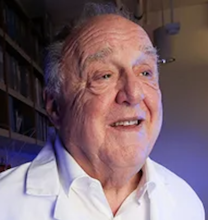
Richard Alan Lerner was an American research chemist. He was best known for his work on catalytic antibodies and combinatorial antibody libraries. Lerner served as President of The Scripps Research Institute (TSRI) from 1987 until January 1, 2012, and was a member of its Skaggs Institute for Chemical Biology, in La Jolla, California.
The Max Planck Institute of Neurobiology was a research institute of the Max Planck Society located in Martinsried, a suburb of Munich in Germany. It existed between 1984 and 2022 and merged with the Max Planck Institute for Ornithology to the new, joint Max Planck Institute for Biological Intelligence in 2023.
Tod Williams Billie Tsien Architects are a husband-and-wife architectural firm founded in 1986, based in New York. Williams and Tsien began working together in 1977. Their studio focuses on work for institutions including museums, schools, and nonprofit organizations.
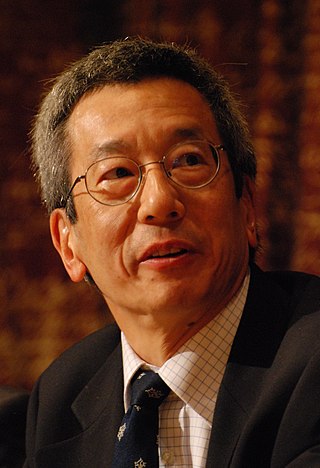
Roger Yonchien Tsien was an American biochemist. He was a professor of chemistry and biochemistry at the University of California, San Diego and was awarded the Nobel Prize in Chemistry in 2008 for his discovery and development of the green fluorescent protein, in collaboration with organic chemist Osamu Shimomura and neurobiologist Martin Chalfie. Tsien was also a pioneer of calcium imaging.
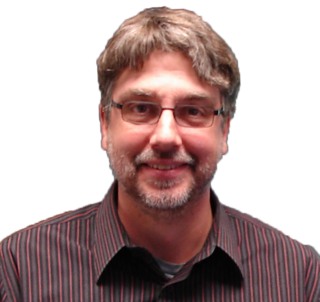
Olaf Sporns is Provost Professor in Psychological and Brain Sciences at Indiana University and scientific co-director of the university's Network Science Institute. He is the founding editor of the academic journal Network Neuroscience, published by MIT Press.

Helen J. Neville was a Canadian psychologist and neuroscientist known internationally for her research in the field of human brain development.
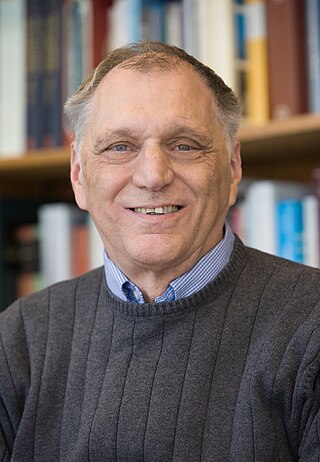
Larry Ryan Squire is an American psychiatrist and neuroscientist. He is a professor of psychiatry, neurosciences, and psychology at the University of California, San Diego, and a Senior Research Career Scientist at the Veterans Affairs Medical Center, San Diego. He is a leading investigator of the neurological bases of memory, which he studies using animal models and human patients with memory impairment.
The Academy of Neuroscience for Architecture (ANFA) is a nonprofit organization whose mission is to promote and advance knowledge that links neuroscience research to a growing understanding of human responses to the built environment.
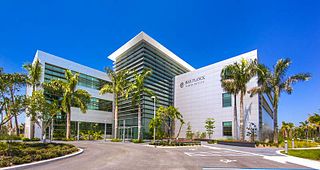
The Max Planck Florida Institute for Neuroscience (MPFI), is a research facility located in Jupiter, Florida. Its research focuses on brain function and neural circuits, using techniques to visualize microscopic molecular processes. It is the first institute established by the Max Planck Society in North America.
Joe Z. Tsien(钱卓) is a neuroscientist who pioneered Cre/lox-neurogenetics in the mid-1990s, a versatile toolbox for neuroscientists to study the complex relationships between genes, neural circuits, and behaviors. He is also known as the creator of the smart mouse Doogie in the late 1990s while being a faculty member at Princeton University.
The Perl-UNC Prize is awarded internationally in the field of neuroscience. Its purpose is two-fold: to recognize researchers for outstanding discoveries and seminal insights in neuroscience and to celebrate the strength of the neuroscience research program at the University of North Carolina at Chapel Hill.
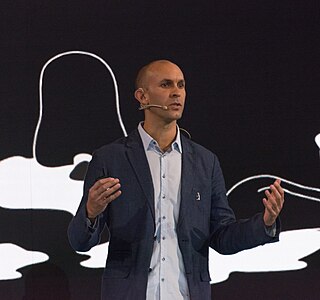
Anil Kumar Seth is a British neuroscientist and professor of Cognitive and Computational Neuroscience at the University of Sussex. A proponent of materialist explanations of consciousness, he is currently amongst the most cited scholars on the topics of neuroscience and cognitive science globally.

The Allen Institute is a non-profit, bioscience research institute located in Seattle. It was founded by billionaire philanthropist Paul G. Allen in 2003. The Allen Institute conducts large-scale basic science research studying the brain, cells and immune system in effort to accelerate science and disease research. The organization practices open science, in that they make all their data and resources publicly available for researchers to access.
HollisT. Cline is an American neuroscientist and the Director of the Dorris Neuroscience Center at the Scripps Research Institute in California. Her research focuses on the impact of sensory experience on brain development and plasticity.
Quyen T. Nguyen is an American surgeon-scientist and Professor in the Department of Surgery at UC San Diego School of Medicine and associate director of Education and Training at UC San Diego Moores Cancer Center. She is known for her work pioneering fluorescence guided surgery and co-holds several patents with Nobel Laureate Roger Y. Tsien, PhD pertaining to their invention of peptides, imaging systems and methods to support fluorescence-guided cancer tumor resection and fluorescent labeling of nerves on the surgical bed.











